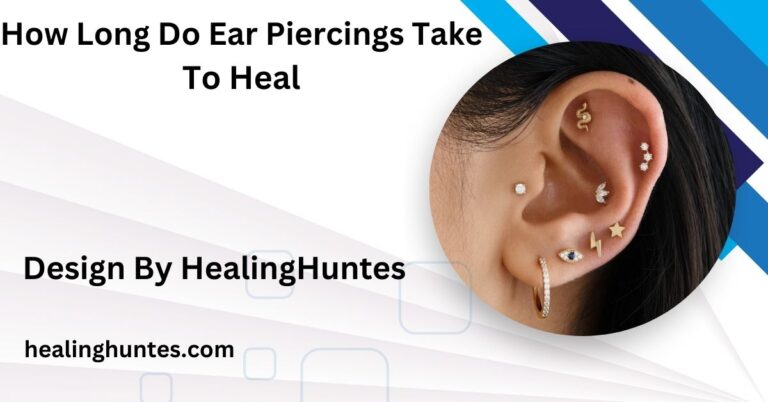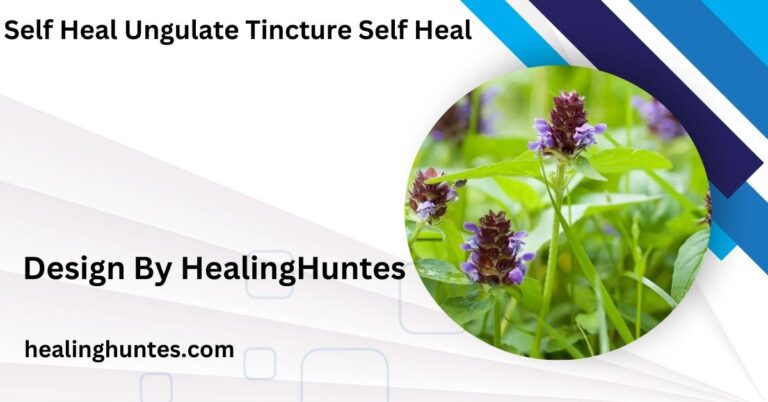Signs Plantar Fasciitis Is Healing – Recognizing Plantar Fasciitis Recovery!
Signs of perioral dermatitis healing include reduced redness, fewer bumps, less itching, flaking, and improved skin texture. Treatment consistency and avoiding triggers support recovery.
To make your article on “Signs That Perioral Dermatitis Is Healing” more comprehensive, we can explore deeper details about the recovery process, elaborate on each healing stage, and provide additional insights into the underlying mechanisms. Below is an extended version:
Signs That Perioral Dermatitis Is Healing:

As perioral dermatitis heals, you may notice a significant reduction in redness and inflammation around the affected areas. The number and size of bumps will decrease, indicating that the skin is recovering. Additionally, relief from itching and burning sensations signals that the skin’s barrier is becoming more resilient. Overall, improved skin texture and comfort are positive signs of healing progress.
Reduction in Redness: The First Step Toward Healing
One of the most prominent early signs that perioral dermatitis is healing is the reduction in redness around the affected areas. Initially, the inflammation causes visible redness and irritation, which may extend across the chin, nose, and mouth area.
As treatment starts to take effect, this redness begins to subside, making the skin appear less inflamed.
What Transpires During This Phase?
The redness associated with perioral dermatitis is a result of inflammation and the dilation of blood vessels beneath the skin. When healing begins, anti-inflammatory treatments—whether topical or oral—help calm the irritated skin. Blood flow normalizes, reducing the inflamed appearance.
What to Expect:
- The redness may begin to fade first around the outer edges, working inward.
- Fluctuations in redness are common, so don’t be discouraged by temporary flare-ups, which are sometimes triggered by weather changes, stress, or certain skincare products.
Overall, the intensity and spread of the redness will diminish over time, and the skin tone will gradually become more uniform.
Fewer Bumps and Pustules: Clearer Skin Emerges
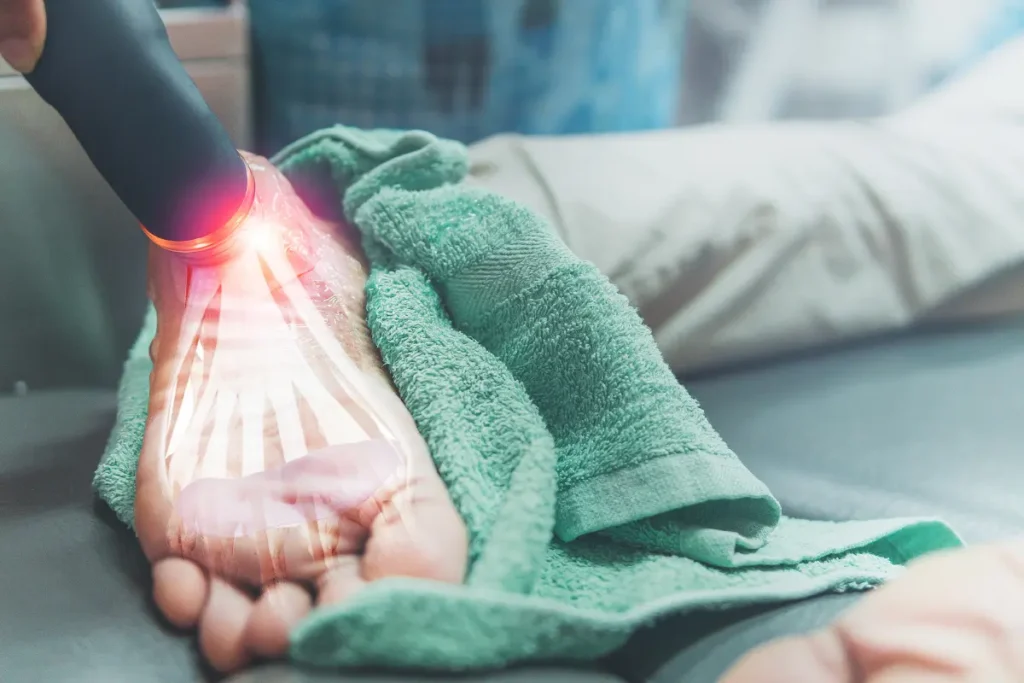
Another hallmark sign that perioral dermatitis is healing is the reduction in the number and size of bumps and pustules. During active outbreaks, these small, inflamed lesions can cover the chin, upper lip, or even extend to the cheeks and nose
As your skin heals, the number of new pustules decreases, and existing ones shrink and flatten.
The Healing Process:
Perioral dermatitis is often mistaken for acne because of the appearance of pustules, but the underlying cause is related to skin barrier dysfunction and inflammation rather than clogged pores. Treatment usually includes antibiotics or topical medications that target bacteria and inflammation, allowing the skin to recover.
What to Expect:
- The existing bumps will start to dry out, flatten, and disappear, although some scabbing or peeling may occur as the skin regenerates.
- The formation of new bumps will slow down or stop entirely, indicating the inflammation beneath the surface is reducing.
- Your skin will feel less irritated as the bumps subside, and the texture of your skin will smoothen.
Decrease in Itching, Burning, or Irritation: Comfort Returns
Perioral dermatitis often causes uncomfortable sensations like itching, burning, or general irritation. These symptoms are particularly common during flare-ups when the skin is most inflamed. As healing begins, these symptoms gradually lessen, providing relief and making the skin feel more at ease.
The Relief Stage:
The itchiness and burning sensations are caused by inflammation, which disrupts the skin’s natural barrier function. When this barrier begins to restore itself, you’ll notice a marked decrease in discomfort. As treatments soothe the skin, nerve sensitivity decreases, allowing the skin to feel normal again.
What to Expect:
- The urge to scratch or rub the affected areas will diminish over time.
- Burning sensations, which are common during the early stages of the condition, will decrease as the skin’s barrier strengthens.
- The skin may still feel sensitive for a while, but it will no longer be excessively reactive to touch or environmental triggers.
Flaking and Dryness: A Sign of Renewal

While flaking and dryness might seem like new or unpleasant symptoms, they are actually signs that your skin is healing and shedding its damaged layers. This process is known as desquamation, where old, damaged skin cells slough off to make way for new, healthy skin.
Why This Happens:
When inflammation decreases, the outer layer of skin that was most affected by the dermatitis begins to shed. This is a natural part of the skin renewal process and allows fresh, undamaged skin to take its place.
What to Expect:
- Flaking or peeling around the mouth and chin is common, and while it may look unsightly, it’s a positive sign that the healing process is underway.
- The dryness might be more noticeable in the morning or after washing your face, but it can be managed with light moisturizers that don’t clog pores.
- Avoid over-exfoliating or scrubbing the dry areas, as this can aggravate the condition and delay healing.
Improved Skin Texture: Smoother, More Resilient Skin
As the dermatitis heals, one of the most rewarding signs is the improvement in the skin’s texture. During flare-ups, the skin may feel rough, bumpy, and uneven, but as inflammation diminishes and the skin barrier repairs, you’ll notice it becoming smoother and more resilient.
The Texture Recovery Stage:
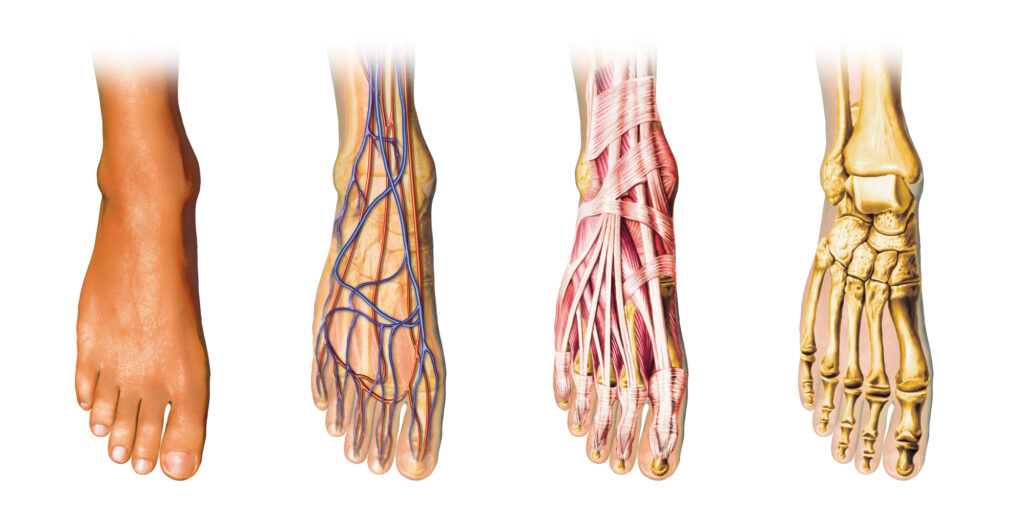
The texture of your skin improves as the inflammation subsides and the layers of skin regenerate. At this stage, treatments focusing on hydration, barrier repair, and soothing ingredients help reinforce the skin’s natural defenses.
What to Expect:
- The affected areas will begin to feel smoother, with fewer bumps and less roughness.
- Over time, the skin will regain its elasticity and suppleness, though it may take a while for the texture to return fully to its pre-dermatitis state.
- Any residual flakiness or rough patches will fade as the skin continues to heal, leaving behind a more even surface.
Decreased Sensitivity: The Skin Becomes More Tolerant
One of the major challenges during perioral dermatitis flare-ups is the heightened sensitivity of the skin. Even gentle products may cause stinging or redness, and environmental triggers like cold weather or spicy foods can make the condition worse. A sign that your skin is healing is its increased tolerance to these factors.
How Sensitivity Reduces:
The skin’s barrier function is compromised during perioral dermatitis, which makes it more vulnerable to irritation. As healing progresses, the barrier starts to repair itself, which reduces the skin’s reactivity to external factors.
What to Expect:
- Your skin will become less reactive to environmental triggers such as wind, cold air, or sun exposure.
- Skincare products that once caused stinging or burning will become more tolerable, but it’s important to continue using only gentle, non-irritating formulas during recovery.
- The overall sensitivity will reduce, allowing you to gradually reintroduce a wider range of skincare products, although it’s still best to avoid heavy creams or oils.
Longer Periods Without Flare-Ups: Recovery in Progress
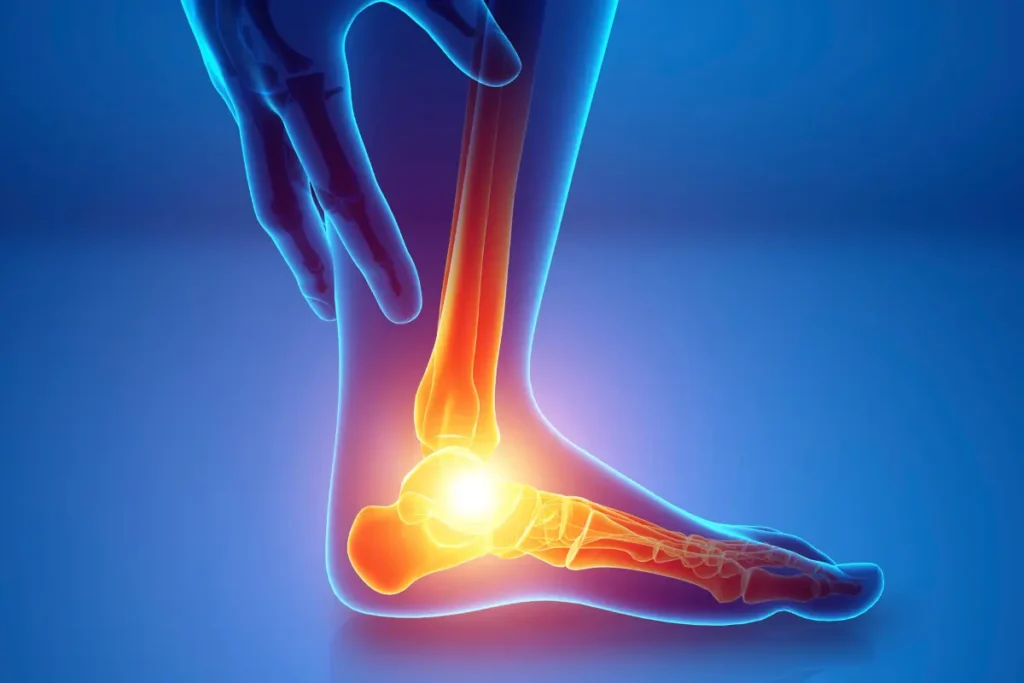
One of the most telling signs that perioral dermatitis is healing is the reduction in flare-ups over time. Although the healing process can be slow and might include periods where symptoms seem to worsen temporarily, the absence of frequent flare-ups indicates that the inflammation is being controlled and the skin is recovering.
What Happens Over Time:
Initially, it’s common to experience small setbacks or brief flare-ups, especially if the skin is exposed to common triggers like hormonal changes, stress, or irritants. However, as the treatment takes effect, these flare-ups will become less frequent and less severe.
What to Expect:
- The time between flare-ups will lengthen, and any new symptoms that do appear will likely be milder.
- Stick to your treatment plan consistently, even when symptoms improve, to prevent future outbreaks.
- Avoid known triggers (like topical steroids, heavy moisturizers, or certain cosmetics) to help maintain long-term skin health.
How to Support the Healing Process?
As your skin begins to heal from perioral dermatitis, there are several steps you can take to encourage recovery and maintain clear skin:
- Stick to a Gentle Skincare Routine: Choose products that are specifically formulated for sensitive skin, avoiding anything with heavy oils, fragrances, or alcohol that could irritate the skin further.
- Avoid Harsh Topical Steroids: While steroids may provide short-term relief from redness and itching, they can worsen the condition over time. Consult with your dermatologist before using any topical medications.
- Moisturize Sparingly: Dryness is a common symptom during healing, but over-moisturizing can clog pores and exacerbate the condition. Opt for a light, non-comedogenic moisturizer.
- Protect Your Skin from the Sun: Sun exposure can sometimes trigger flare-ups or worsen the condition. Wear a broad-spectrum SPF to protect your skin, but ensure it’s a lightweight, non-irritating formula.
- Eat a Skin-Healthy Diet: Eating anti-inflammatory foods rich in vitamins, antioxidants, and omega-3s can support the healing process. Try incorporating more fruits, vegetables, nuts, and seeds into your diet.
- Manage Stress: Stress is a known trigger for perioral dermatitis flare-ups. Practice
FAQ’S
1. What are the first signs that perioral dermatitis is healing?
The first signs include a noticeable reduction in redness around the affected areas, as inflammation decreases and blood flow normalizes.
2. How long does it take for perioral dermatitis to heal?
Healing can take several weeks to months, depending on factors like your treatment plan and skin sensitivity.
3. What does the healing process look like in terms of skin texture?
As healing progresses, the skin texture improves, becoming smoother and more resilient as inflammation subsides and the skin barrier repairs.
4. Will I experience itching or burning during the healing process
Itching and burning sensations typically decrease as the skin heals, indicating that the inflammation is subsiding and the skin barrier is restoring.
5. What should I do to support the healing of perioral dermatitis?
Stick to a gentle skincare routine, avoid harsh topical steroids, moisturize sparingly, protect your skin from the sun, and manage stress to support healing.
Conclusion
Healing from perioral dermatitis is marked by reduced redness, fewer bumps, decreased itching, and improved skin texture. As inflammation lessens, skin becomes smoother and less sensitive. To support healing, stick to a gentle skincare routine, avoid harsh steroids, protect your skin from triggers, and manage stress. Consistent treatment and self-care can lead to long-term relief and healthier skin.

